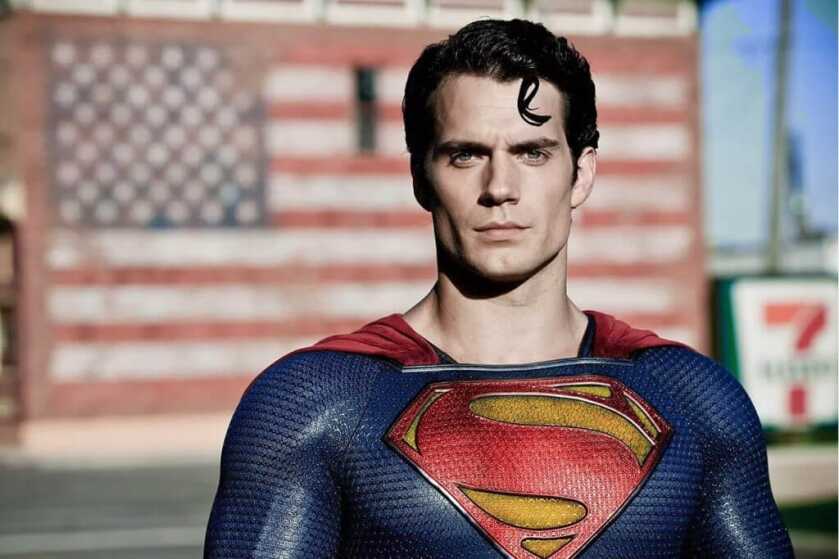
Estimated reading time: 11 minutes
Spandex-clad superheroes have made billions of dollars in the movies. They touch a visceral chord. On a certain level, all of us would like to be able to pick up cars, shrug off bullets, or fly.
Everybody has a favorite. Mine is Superman. First introduced in Action Comics Number 1 in April of 1938, the Man of Steel is everything one might want in a superhero. Handsome, indestructible, wholesome, and patriotic, this weird Kryptonian immigrant was intentionally written to represent the best of us. However, not all superheroes are quite so tidy.
Table of contents
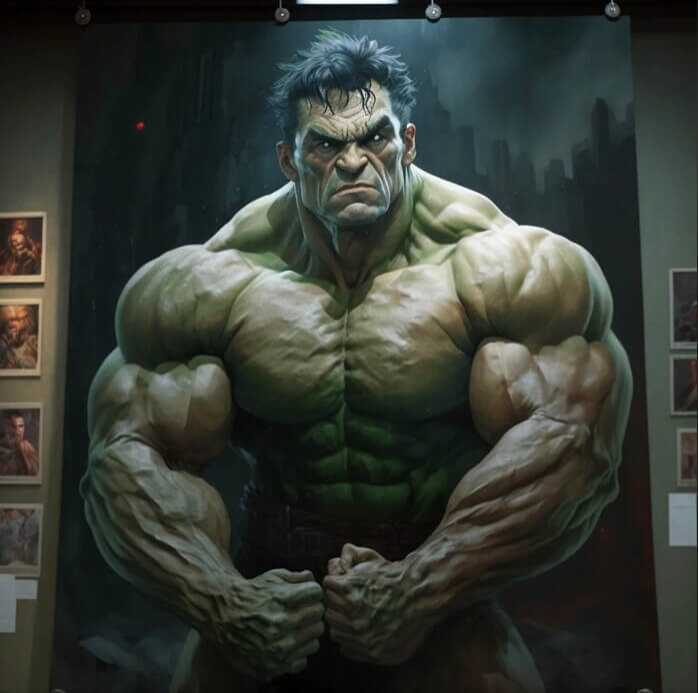
The Incredible Hulk
The brainchild of comics visionary Stan Lee and artist Jack Kirby, the Incredible Hulk first appeared in print in May of 1962. The original backstory has mild-mannered scientist Bruce Banner exposed to a massive dose of gamma radiation while saving a colleague from a nuclear bomb blast. As a result of this exposure, Banner transforms into a giant green rage monster when subjected to emotional trauma. This transformation is both involuntary and distressing. Like Superman, the Hulk is essentially indestructible. Unlike Superman, when in Hulk mode, Bruce Banner is not a nice guy.
Regardless, the Hulk has certain distinguishing characteristics. He is forever angry–this is the source of his power. He is also inexplicably green and habitually disheveled. On top of it all, the Hulk is really big. His radiation-enhanced muscles allow the Hulk to perform amazing feats of strength, ultimately saving the world across countless comic books, a 5-season TV show, and several feature-length movies.
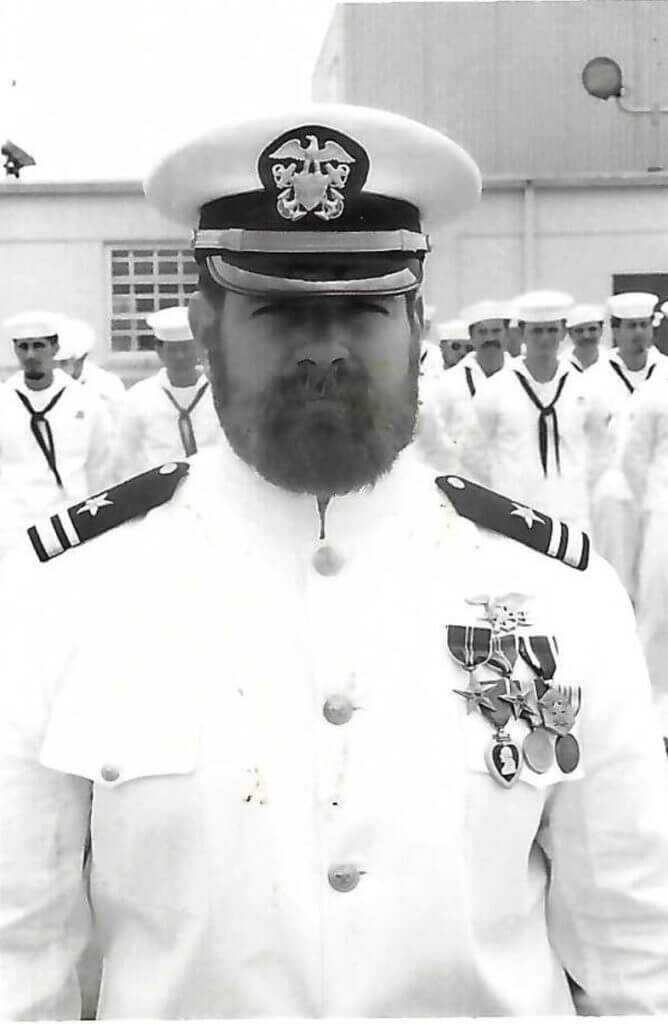
Tom Richards: A Real Hulk
I have reliable information that the Incredible Hulk is not technically real. Folks who are inadvertently exposed to massive doses of gamma radiation most typically have their hair fall out, puke up their entrails, and die. They seldom grow into towering green rage monsters with super strength. However, in late 1969, a massive specimen of a man named Tom Richards hit the surf at Coronado as part of Basic Underwater Demotion/SEAL course 54. He was destined to put his impressive size and strength to good use for Uncle Sam.
Available on GunsAmerica Now
Tom Richards was born and raised in Brightwaters, New York, where he graduated from Bayshore High School. He was a big, thick kid who excelled at both wrestling and football. Richards eventually went to college at Villanova University on a Navy ROTC scholarship. He earned his commission in the US Navy Reserve in 1969.
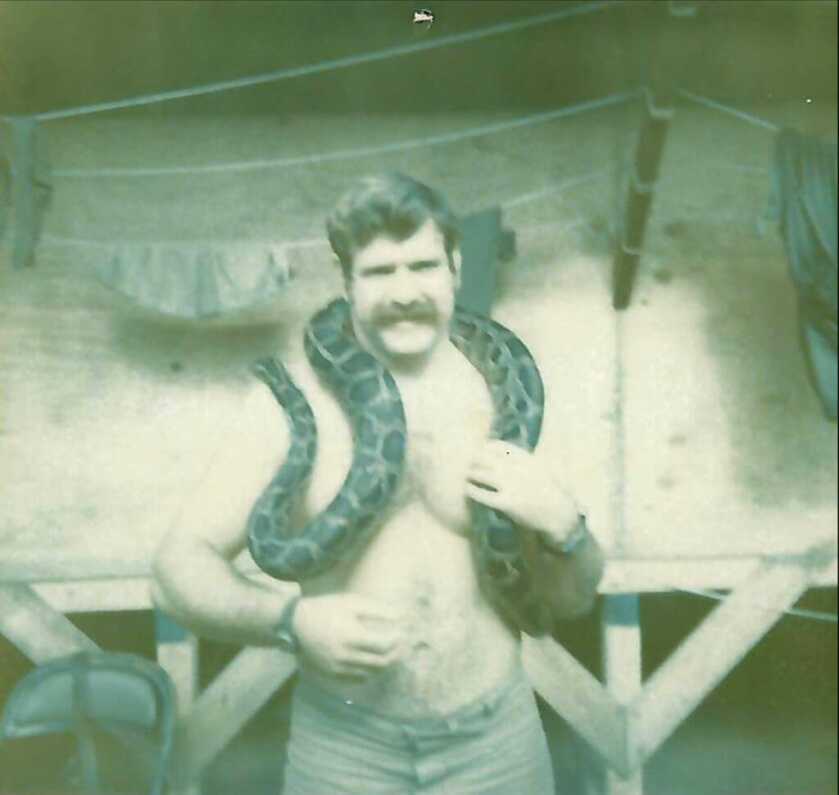
When Ensign Tom Richards first entered BUD/S, he was 6 feet tall and weighed 235 pounds. At some point, he fell back to Class 55. When Richards finally graduated, he had shed fully 20 pounds. Most of what was left was muscle. Considering that most BUD/S graduates were thin, lithe, wiry fellows, Richards’ teammates christened him the Hulk. This turned out to be a pretty accurate moniker.
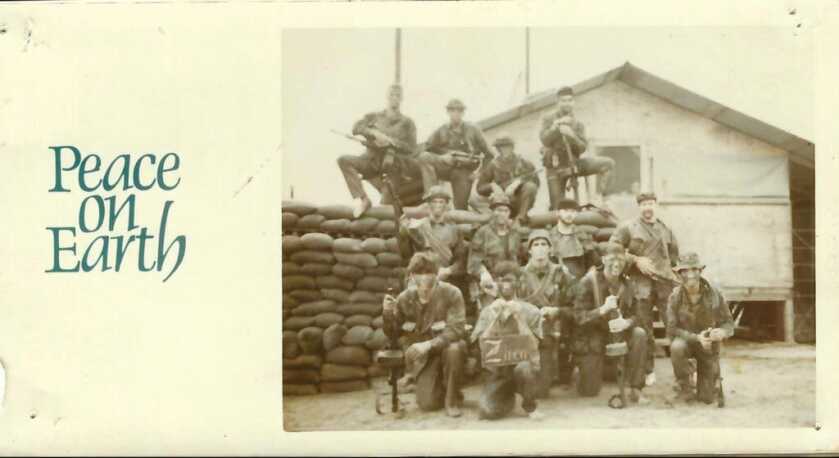
SEAL Team 1
Tom Richards was assigned to SEAL Team 1 at Coronado and subsequently deployed to Vietnam. His first six-month combat tour was raucous. By early 1971, Richards and his fellow operators had conducted more than fifty successful combat operations and were ready to rotate home.
30 January 1971, was a Saturday, and Richards’ Zulu platoon was pulling its last mission in the Ca Mau Peninsula of South Vietnam. Tom Richards was not slated to participate in this last operation in-country. Regardless, they got off to an inauspicious start. The aircraft carrying the combat patrol took fire on the flight in. The team’s radio operator, Marcus Arroyo, caught two AK rounds to the shoulder and was badly wounded. The aircraft was forced to abort and return to base so Arroyo could receive medical treatment.
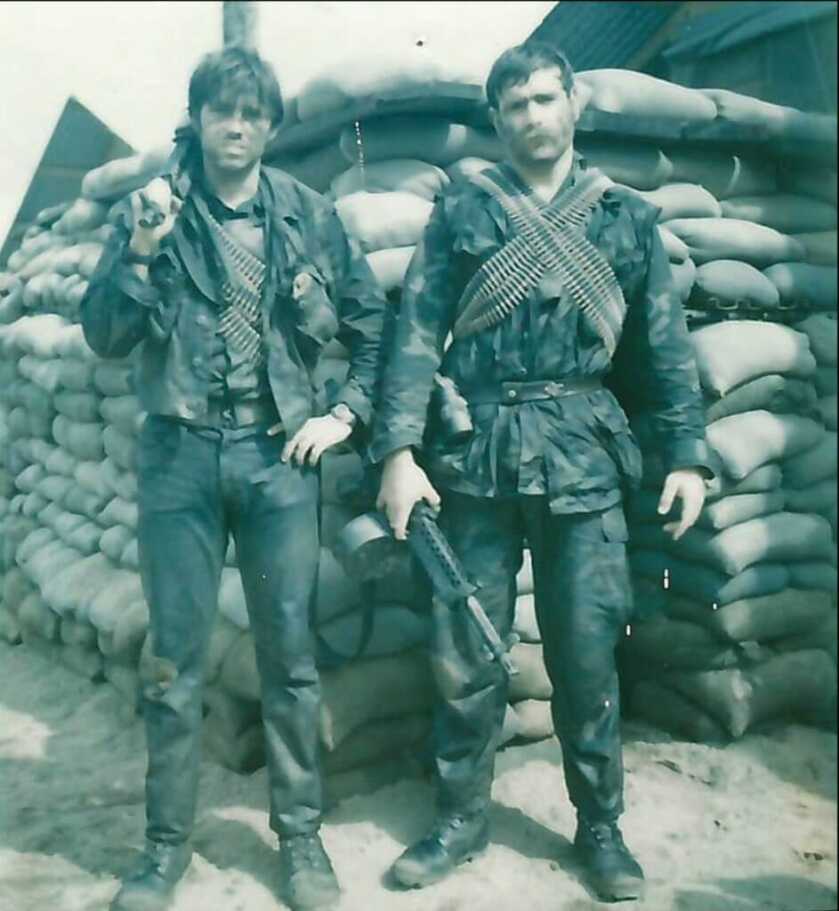
A Prophetic Joke
The patrol leader was LT Grant Telfer. LT Telfer had little interest in closing out the unit’s combat tour on such a sour note. However, by now the element of surprise was lost. Once back on the ground, the Zulu platoon held a confab. Richards, for his part, wanted to scrub the mission and call it a day. When Telfer pushed the point, Richards responded with, “Someone has to drag your ass out of that rice paddy.”
Richards’ off-the-cuff joke would turn out to be a prophetic sentiment. In addition to replacing the RTO (radio telephone operator), Richards also brought along his Stoner 63 light machine gun and some 900 rounds of belted 5.56mm ammunition.
The medic remained behind with Arroyo. Once they got their RTO tucked away, the remaining six SEALs reboarded a Seawolf helicopter and headed back into the suck. They made a beeline for the same area where their RTO was shot, hunting for some payback. The team consisted of Richards, Telfer, James Rowland, Donald Futrell, Gary Lawrence, and Wendell Hedge. Each was as fit, trained, and capable as Uncle Sam could make them. They were also tooled up and looking for trouble.
A Dangerous Mission
This particular corner of hell was dirty with VC. Short minutes after an otherwise uneventful insertion in an expansive rice paddy, VC troops opened fire on the patrol from a paddy dike roughly 250 meters distant. Once the SEALs got within about 50 meters, the VC unleashed a large volume of automatic weapons fire from unexpected positions. The point man caught a round to the groin and went down. LT Telfer was shot through the legs. Both men continued to return accurate fire, but they were no longer mobile. The machine gunner Donald Futrell and another SEAL were hit in short order as well. As one of only two SEALs who remained intact, Tom Richards took charge. However, the situation had suddenly become dire.
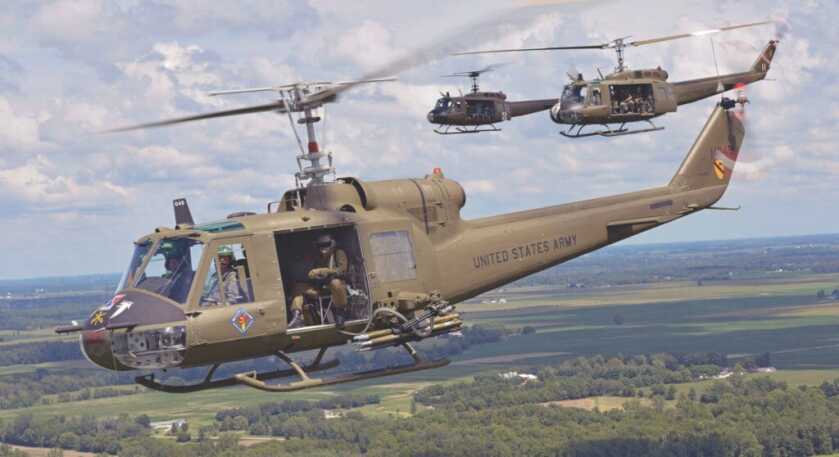
Throughout it all, a Seawolf UH-1B Huey gunship orbited at low level adding fire from its twin M-134 miniguns and pair of M-60 door guns to the mix. Under cover of the circling gunship, Richards and Gary Lawrence moved forward to retrieve the wounded SEALs and drag them to cover. As they did so, an AK round punched through Richards’ right hand and blew his Stoner apart. His wound notwithstanding, Richards kept cycling back and forth pulling his teammates to relative safety behind a nearby dike.
The Gun
Donald Futrell, the M-60 gunner, had been hit in the chest. Despite the grievous nature of his injuries, Futrell continued to engage the enemy with his Pig until he lost consciousness. At that point, Richards retrieved him as well.
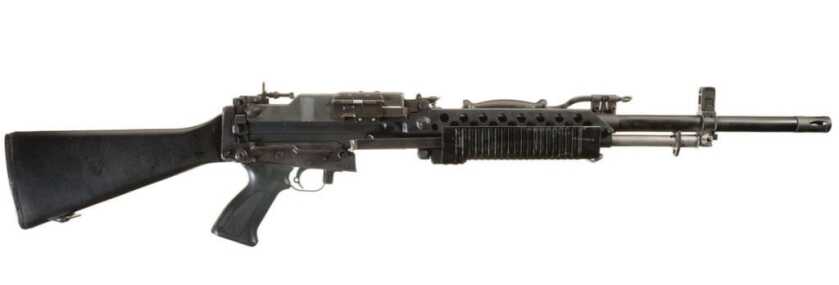
In a life-or-death situation like this, a small unit of special operators can burn through a simply breathtaking volume of ammunition. Wendell Hedge and Gary Lawrence were also packing Stoner 63 LMGs and expended their ammunition in short order. With his Stoner disabled, Richards passed his linked 5.56mm ammo to the other two SEALs to feed their weapons. By the time Richards finally had the opportunity to get on the radio and organize their extraction, fully half of the team was critically wounded.
The Seawolf gunship dropped to 50 feet and began raking the VC positions with rockets and minigun fire. With the gunship providing effective cover, a Seawolf slick located the shot-up SEAL team and came to a low hover nearby with the skids in the water. There was no time to waste.
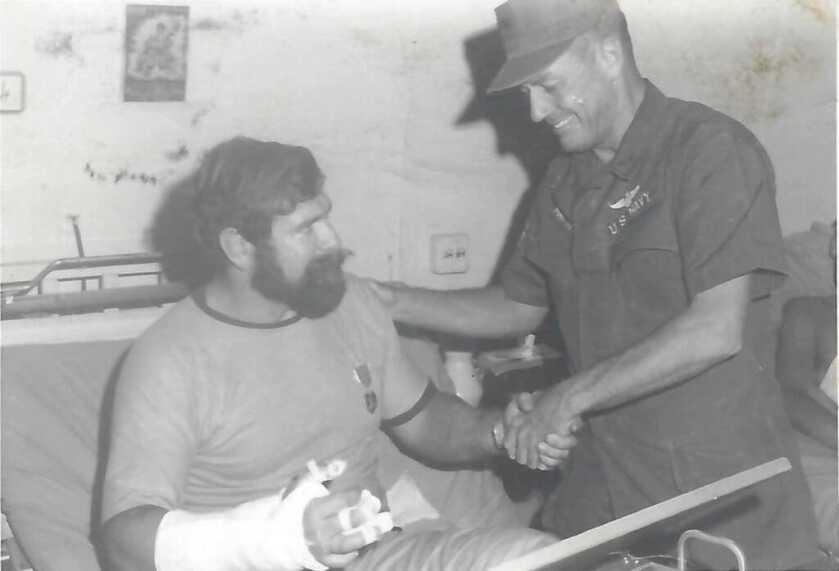
Tom Richards Was No Weakling
Before this operation, Tom Richards could bench press 400 pounds. Despite being shot through the hand, he used his good arm to ferry three of his badly wounded teammates to the extraction bird. In each case, he hefted the fully kitted-out SEALs into the waiting helicopter one-handed. By now the VC were concentrating their fire on the big fat hovering helicopter. They needed to leave.
As the shot-up Huey began to rise out of the rice paddy, Gary Lawrence was not yet onboard. Lawrence jumped for the aircraft and clutched desperately onto the skid. As the helicopter accelerated forward and clear of the firefight, Tom Richards reached down and yanked the floundering SEAL bodily into the aircraft with his one good hand. Sometimes it is really useful to have a Hulk.
Tom Richards: A Superhero In Real Life

Tom Richards’ heroism under fire is the sole reason the members of his SEAL patrol survived this engagement. In the aftermath of the event, Richards was recommended for the Silver Star. At some point in the chain of command, the award was downgraded. Richards’ teammates remain bitter about that to this day.
READ MORE: Human Nature, Assault Weapons, and the Massacre at Wounded Knee
Carl Nelson was piloting the Seawolf gunship that provided cover for the team’s hot extraction. Nelson flew 600 combat missions during his time in-country. He later said he was, “watching a wounded Tom Richards under intense enemy fire drag each of his wounded SEALs to safety, across a series of rice paddy dikes and load them into the Sealord helo. It was the most heroic act that I have ever witnessed. Tom Richards’ heroism rates a Navy Cross at a minimum. He directly saved the lives of his platoon.”

Americans will flock to the Cineplex to see steroid-enhanced pacifists bedecked in tights performing fake CGI feats of valor in support of some hallucinated peril. However, in real life superheroes don’t wear spandex. They don tiger stripes, green in their faces, and head downrange lugging Stoner light machine guns to put the fear of God into our enemies. Tom Richards and men like him; those are the real superheroes.
*** Buy and Sell on GunsAmerica! ***






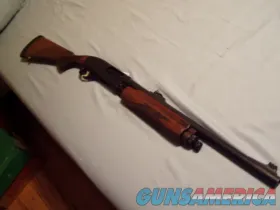


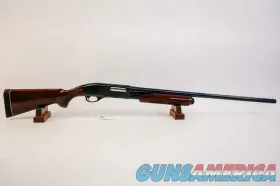


I was a member of Zulu platoon. The Hulk saved. my ass. He is my hero.
Rock
Thank you for your service Sir!
Dr. Dabbs you are a national treasure!
Great job Will. I always look forward to your reads. Thanks.
Another great syory ftom Dr. Dabbs. Keep up the great wofk.
I got to handle and fire a Stoner 63. I liked it better than my issue M60. But I preferred the power of the 7.62. A 3-4 shot hit will cut a man in half. The 5.56 takes a 6-8 round burst. That concludes our lesson for today children. It looks like modular systems are and will be the future of hand held shoulder fired battle weapons.
Spectacular story and research, Will. I guess we should stop calling sports figures “hero”.
Great story, Will! Thank you, as always.
While this is apples and oranges, I cannot help but reference the historic events of this past Saturday. Our former President, albeit not a trained combatant, managed to exemplify grace under fire after narrowly escaping death by a would be assasin’s bullet. In due time, I hope you are able to glean enough material to record that event in this forum. Keep up the good work!
Very interesting! I just toured the National Navy UDT-SEAL Museum, Fort Pierce, FL. There are stories galore sprinkled about the museum. This story
epitomizes the training, dedication and tenacity of those individuals who believe in teamwork and “leave no man behind.” Great article!